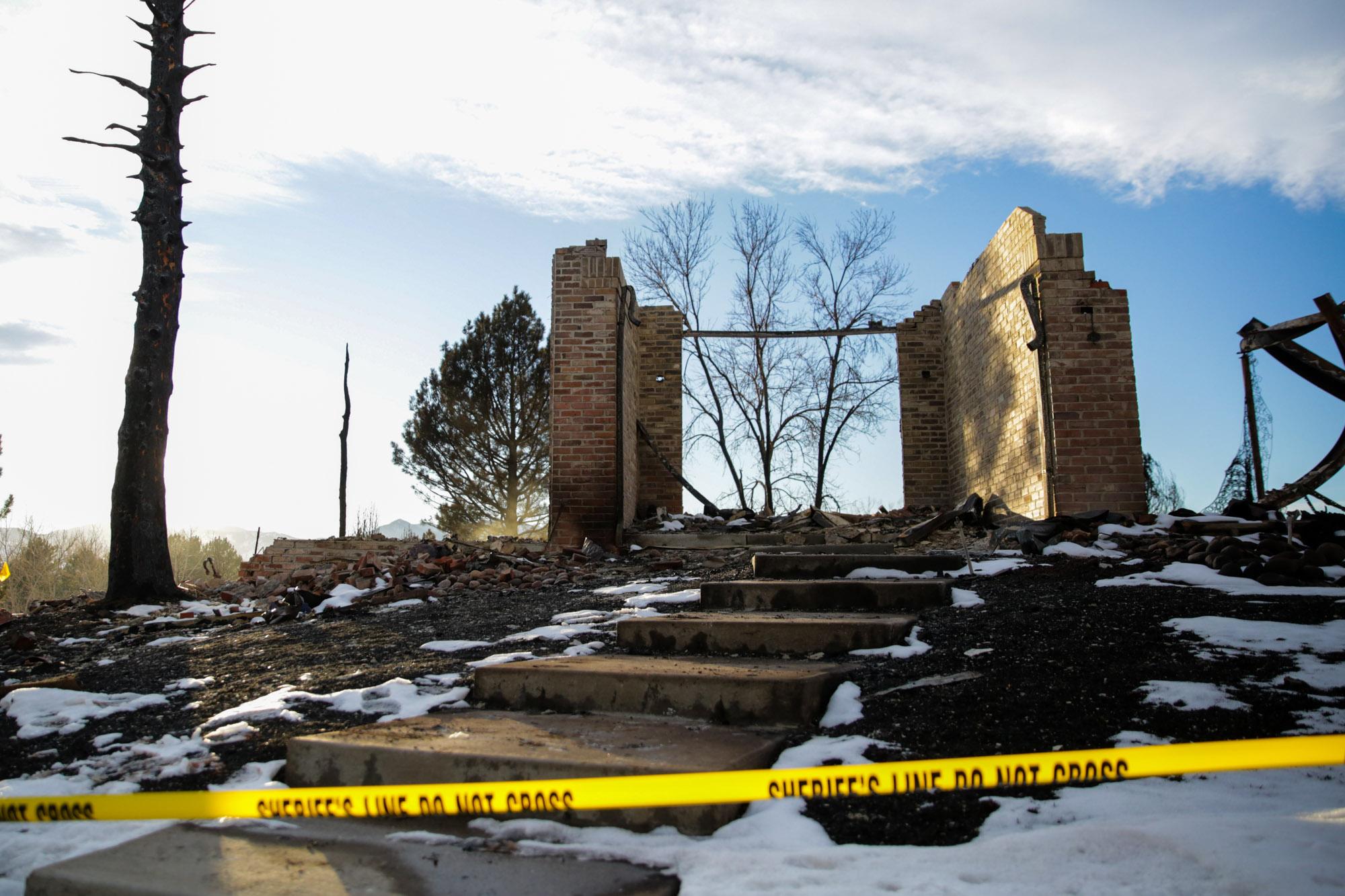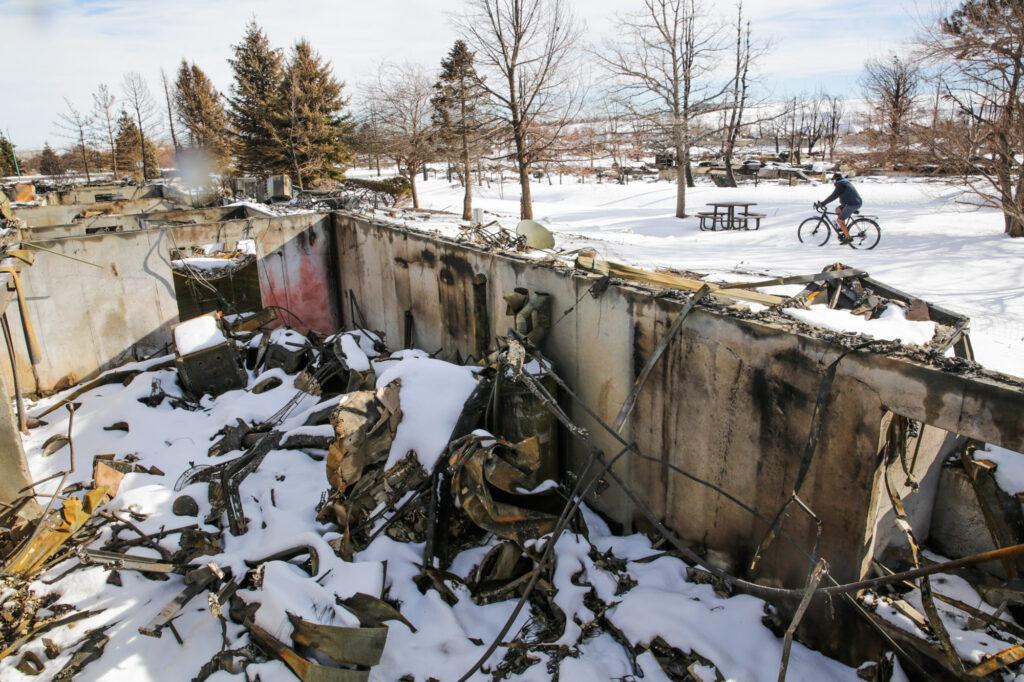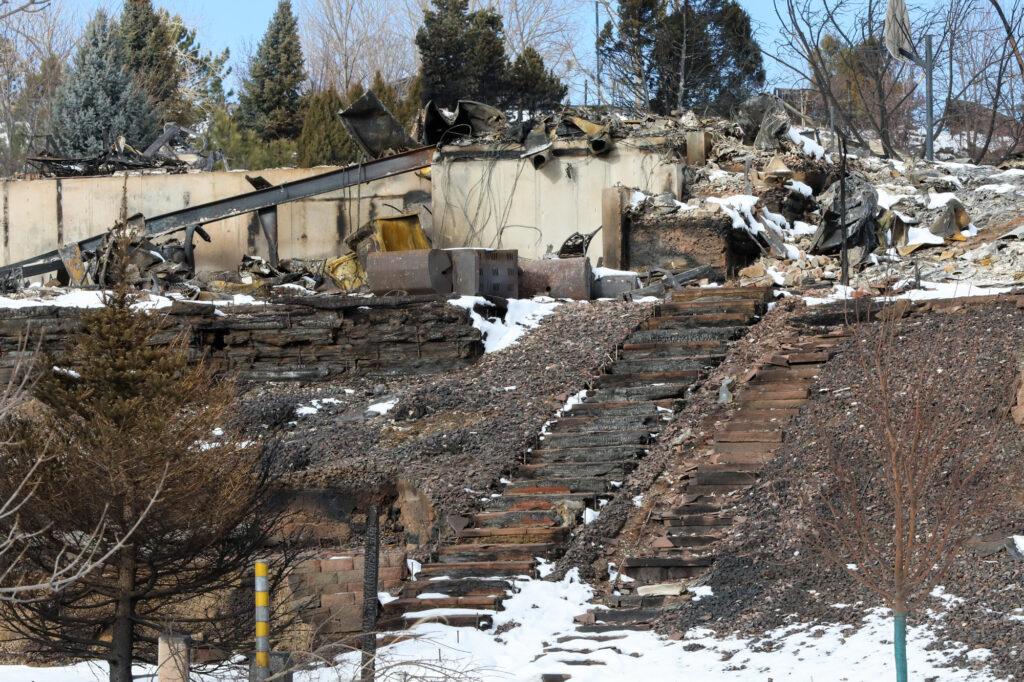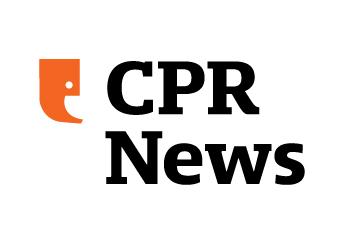
It could be months before many homeowners that lost everything in the Marshall Fire are able to even clean up the debris left by the blaze. In the meantime, many are already girding for battle with their insurance companies.
Colorado Insurance Commissioner Michael Conway is urging homeowners to try working with their insurers before assuming the companies won’t cover the costs.
“Find out if you have an under-insurance problem, as you work through that claims process, and then we'll figure out how to solve for that under-insurance problem,” Conway said. “What I don't want to happen — what I'm really worried about happening — is people getting so worried about the potential under-insurance problem, that it just freezes them in their tracks.”
Losses from the Marshall Fire, which burned about 6,200 acres and more than 1,000 homes in Superior, Louisville and unincorporated parts of Boulder Country, are estimated by the Boulder County Assessor at $513 million, making it among the costliest fires in the state’s history.
Standard homeowners’ insurance required by mortgage companies covers the repair and replacement of homes lost or damaged in a wildfire — but that doesn’t mean the entire cost is covered. Different policies will have different levels of payout, and it’s impossible to give a one-size-fits-all explanation of insurance benefits.
Terry Rector, a Colorado Springs attorney, lost his home in the Mountain Shadows neighborhood during the 2012 Waldo Canyon Fire. Rector was caught off guard by the level of burden placed on homeowners in dealing with insurers who covered their homes.
“As a homeowner, you have to prove your loss. You have to establish the values. You have to do almost everything,” said Rector, who said his home ended up being underinsured by about $60,000.
Rector said he never actually met his insurance adjuster.
“It was just a voice on the phone,” he said.

High costs, COVID supply-chain issues add to uncertainty
There’s little doubt that the current cost to build a home is relatively high due to snarls in the supply chain, a shortage of construction workers and the high price of building materials.
“The pandemic and all of the corresponding things that … have come along with the pandemic are exacerbating all sorts of different things in our lives. I do expect that we're going to have homeowners that have under-insurance problems. That would've been the case, whether we were in the middle of a pandemic or outside of the pandemic,” Conway said.
Personal property such as furniture and clothing lost in a fire is typically covered, up to a certain amount. Again, the level of coverage varies widely depending on the policy. One thing that typically isn’t covered is cash, according to Conway. If a vehicle has comprehensive coverage, auto insurance will replace it — but not if it’s only covered for collisions.
The most frequently asked question during a recent webinar with government officials was whether funds from the Federal Emergency Management Agency would cover insurance shortfalls. The answer is — partially, according to Adam Heyns, a FEMA emergency management specialist. FEMA will step in to pay for repair and rebuilding costs insurance companies have refused to cover, but the aid has a cap, he said. The current limit is $37,900, according to Heyns.
People often end up turning to low-interest disaster loans from the Small Business Administration to make up the difference, Heyns said. So far, the SBA has approved more than $12.7 million in direct loans to homeowners and renters affected by the Marshall Fire.
“That becomes a lot of people's most common form of disaster recovery,” he said.
On top of money for repair and rebuilding houses, FEMA provides separate aid for things like personal property and rental assistance, Heyns said. There is no set cap on rental assistance, but it’s limited to 18 months, he said.

One group says most wildfire victims don’t have enough to cover their costs
United Policyholders, a homeowners insurance advocacy group, estimates that two-thirds of wildfire victims are underinsured. Insurance companies and policyholders frequently don’t see eye-to-eye on how policies should work, said Amy Bach, the executive director of United Policyholders.
“From the consumer standpoint, when you buy insurance, you're buying two things — you're buying protection, financial protection, and you're buying peace of mind. You're buying something intangible,” Bach said.
Insurance companies, on the other hand, will point to the numbers in a contract, she said. Those numbers frequently fall well short of what’s actually needed, in part because nobody wants to pay high insurance premiums, and insurance companies don’t want to lose customers by pushing more expensive policies, according to Bach.
“The reality is that the law should be that the insurance agent and the insurer have a legal duty to recommend limits that are reasonably adequate to put the place back in the event of a total loss … but that’s not the law anywhere,” she said.
State regulations say insurers cannot deny you coverage based on your zip code or how far you are from a wildfire unless your home is in an “immediately threatened area.” But the regulations don’t specify that the insurer must sell you a plan that will cover the entire cost of rebuilding your home in case of a wildfire.
The Rocky Mountain Insurance Information Association recommends homeowners update their insurance annually, and to be sure to account for things like renovations and home additions.
Conway, the insurance commissioner, said the most important thing in the immediate aftermath of a disaster like the Marshall Fire is to start the claims process with the insurance company.
“Right now, it's just important not to fall into the trap of becoming so worried about everything that you rush out and hire attorneys or hire other contractors when you very well may not need it,” Conway said. “Because keep in mind that those attorneys or those other types of contractors, they're going to charge you money too. And it's going to be money that you won't have to go to rebuilding your home.”
For those returning to homes that weren’t destroyed, Conway advised staying vigilant and documenting everything.
“The damage may have a long tail on it. It might not be the case that you realize that you’ve got damage in your home from smoke and ash for weeks or months,” he said.







